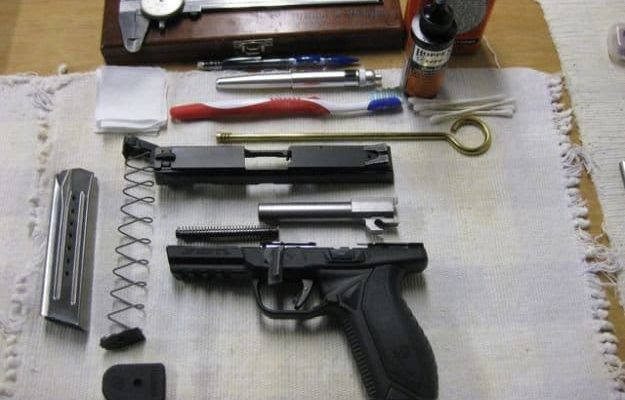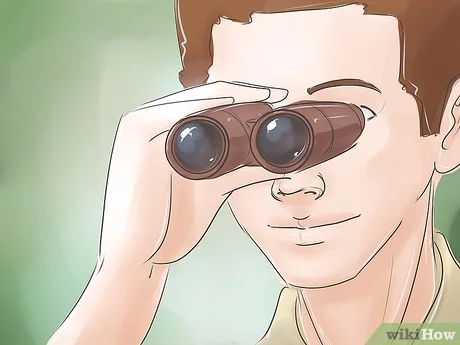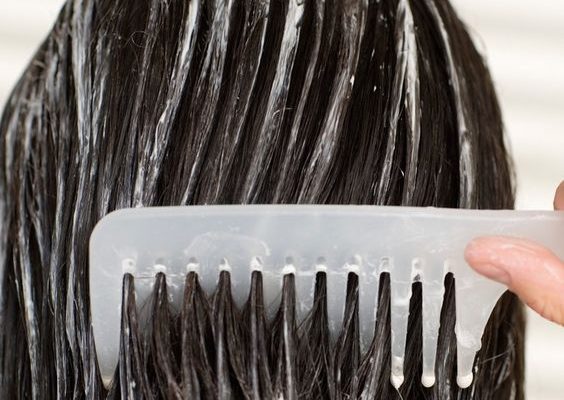How to Reblue a Gun

Introduction
Rebluing a gun is an important process for both maintaining and restoring the appearance of your firearm. The blue finish not only prevents rust and corrosion but also adds aesthetic value to your weapon. In this article, we will discuss the steps and techniques required for rebluing a gun.
1. Safety First
Before starting the rebluing process, make sure to follow the necessary safety precautions. This includes wearing protective gloves and eyewear, as well as working in a well-ventilated area.
2. Disassemble the Firearm
First, disassemble your gun as completely as you can, if possible, removing all wooden or synthetic parts to protect them from the bluing chemicals. Be careful not to lose small components during disassembly.
3. Clean and Degrease
Use a degreaser specifically designed for gun cleaning to remove oils, grease, and dirt from all metal surfaces of your firearm. After using the degreaser, rinse the parts thoroughly with water and allow them to dry before moving on.
4. Remove Rust and Old Bluing
If there are any signs of rust or damaged bluing on your firearm, you’ll need to remove these imperfections using sandpaper and steel wool. Begin with 400-grit sandpaper and continue with finer grits up to 800-grit. Finish off with a fine steel wool to smooth out any remaining rough spots.
5. Polishing
Carefully polish all metal surfaces with a cotton wheel or buffing cloth using a water-based polishing compound. Applying even pressure during polishing will provide an even surface without irregularities that may impact the final finish.
6. Preparing Your Workspace
You will need a clean workspace with proper ventilation for rebluing your firearm. In addition, you’ll require access to water at an ideal temperature of 140-150 degrees Fahrenheit.
7. Applying the Bluing Solution
Choose a bluing solution that meets your desired finish (such as cold bluing or hot bluing), and follow the instructions provided by the manufacturer. You may need to dip or brush the solution onto your firearm, depending on the product used. Always handle the gun parts with gloves, avoiding contact with your hands, as oils from your skin may impede the process.
8. Rinsing and Neutralizing
After you’ve applied the bluing solution and allowed it to sit for the recommended duration, rinse the firearm parts thoroughly with water. For hot bluing methods, make sure to use water at 140-150 degrees Fahrenheit.
9. Buffing and Oiling
Once you’ve rinsed and dried your firearm parts, use a clean cloth to remove excess bluing residue and buff the surface to achieve a smooth finish. Finally, apply a gun oil to protect your newly reblued firearm from corrosion.
10. Reassemble Your Firearm
Carefully reassemble your gun, ensuring all components are correctly placed in their proper positions.
Conclusion
Rebluing a gun is an essential skill for any firearms enthusiast, as it keeps guns looking their best and maintains their value over time. With patience and proper technique, you can restore the blue finish on your firearm or even enhance its appearance. Always remember to adhere to safety guidelines when working with firearms and chemicals during this process.






